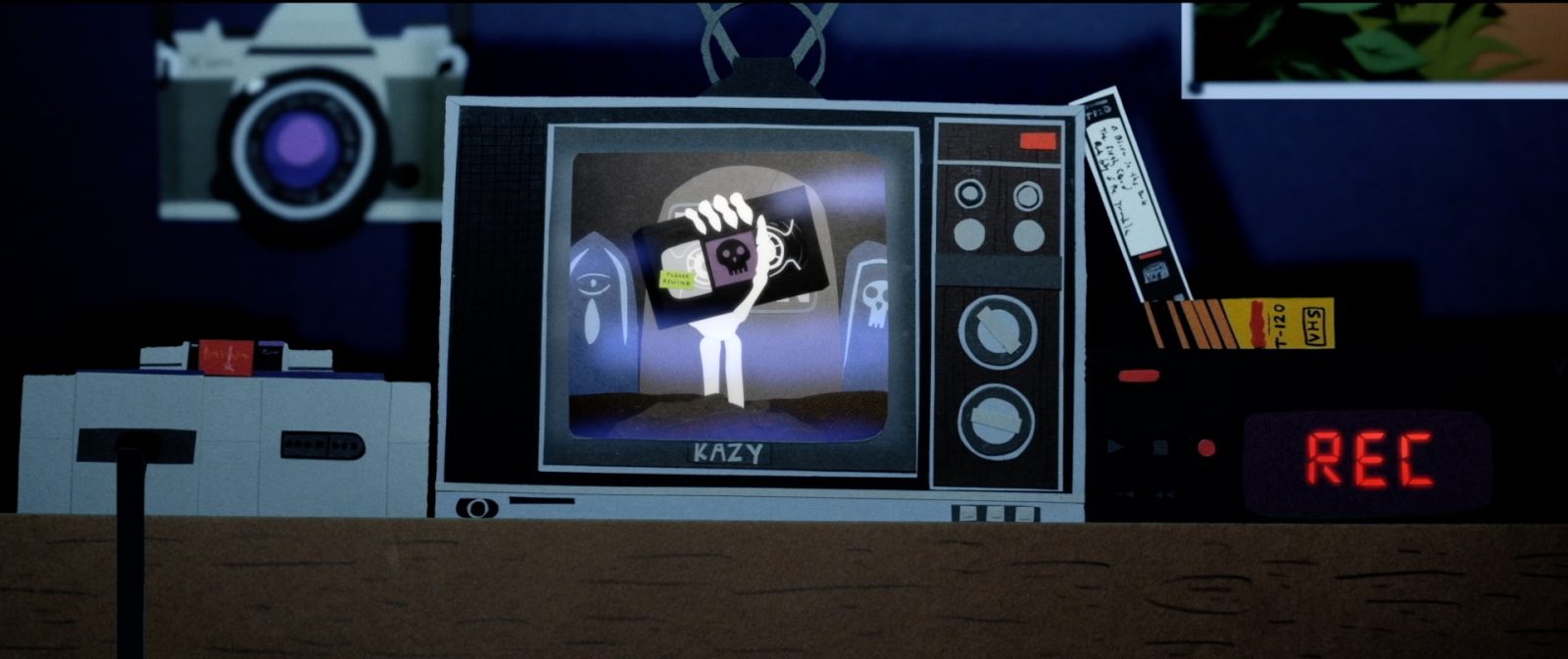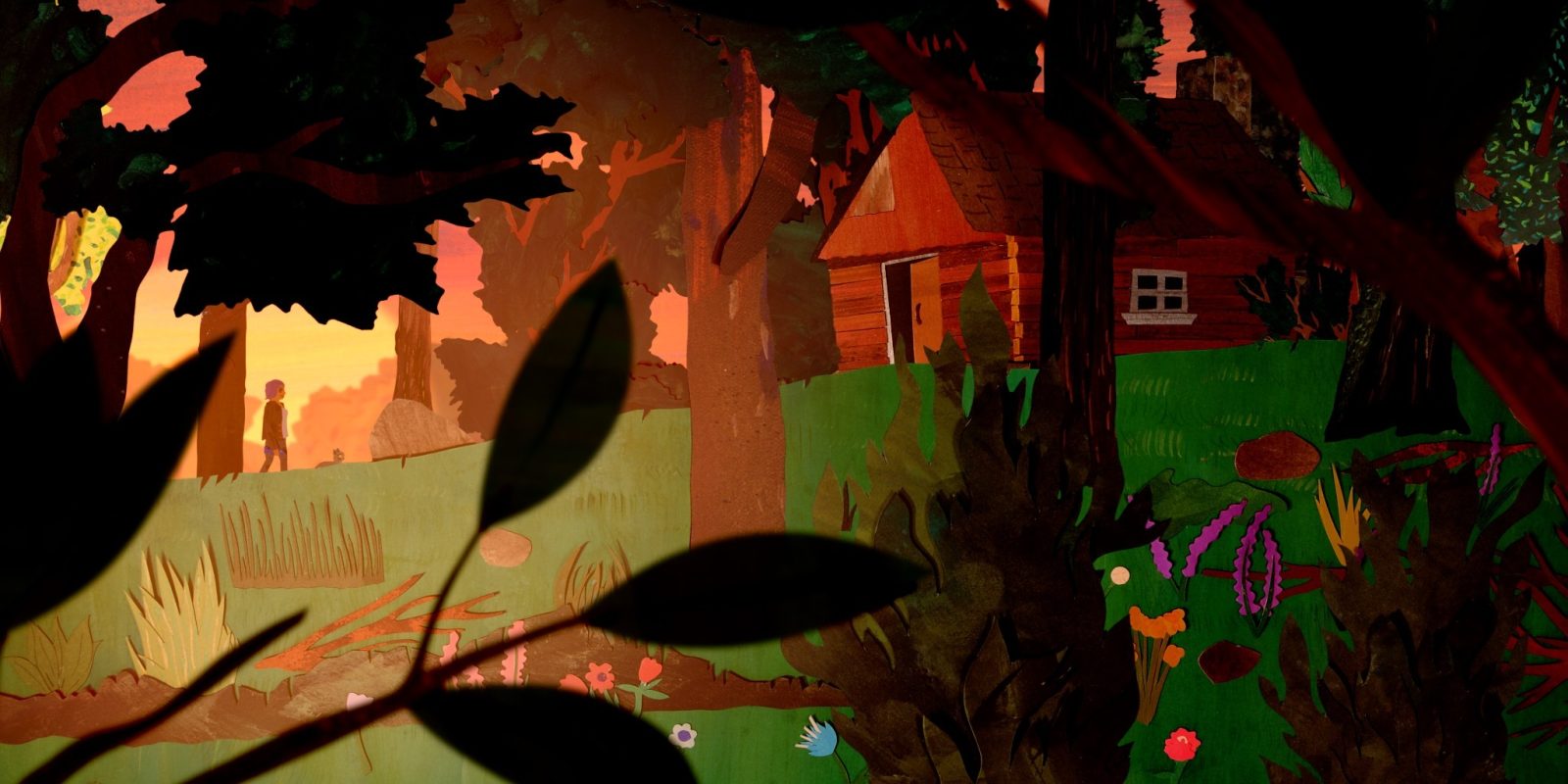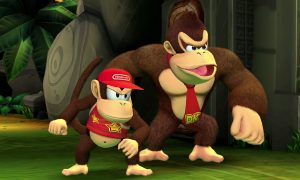By looking deep into film history, Austin-based artist Eric Power found the template for a style of filmmaking unlike anything released in the past century. The story begins in 1926 ago, with a female director forgotten to most modern audiences. Lotte Reiniger’s The Adventures of Prince Achmed is the oldest surviving animated feature film. Inspired by shadow puppetry, the entire film was animated via hand-crafted paper cutouts, enhanced with camera techniques invented by Reiniger herself. If you have any interest in animation, the history of film, or any true expression of beauty, take the hour and ten minutes you need to watch this film. Here it is, free at any time. You don’t even have to leave the article.
Beyond a story brimming with magic and unmatched visual flair, Prince Achmed keeps you engaged with the knowledge of what a marvelous technical achievement the film is. Every detail of every frame was the result of intentional, painstaking effort on the part of the four crewmembers. When I first saw this a few months ago I was stunned. How could such a vibrant expression of human will go without an audience? How could such techniques be abandoned? The answer, of course, is that they didn’t. When Eric Power saw the film he had the same reaction. Luckily, he also had the kind of talent, artistry, and dedication that it takes to learn from Reiniger’s work and move the medium forward after all these years.
Eric’s skills are self taught, but honed through a long career with different animation styles. He began, through happenstance connections, by working on Richard Linklater’s Waking Life. Relying on its own unique animation style, it set a fire in Eric’s mind to bring new visuals to film. Years of animating music videos with traditional techniques taught him the fundamentals of storyboarding and production, but it wasn’t until he saw The Adventures of Prince Achmed that he found a new way forward, and inspiration for his own feature films.

In the fall of 2011, he set out to create Path of Blood, a samurai action film much in the vein of Lady Snowblood and other 70s martial arts films. The movie covers a lot of ground, managing to be comedic, somber, gory, and beautiful all at once. There’s no way to watch this without being impressed by every frame. The journey moves through biomes and times of day, from strangers gossiping in a lonely teahouse to master warriors fighting to their bloody deaths. There’s no way to tell you what watching these films is like. Just go to the link below and stop the film at a random point. Every piece of cloth, every segment of every animal, every blade of grass or feature in the background was made by hand, on purpose. Every time something is animated, whether it’s the flight of a crow or a man’s face falling off, it is only possible through one person’s hands. I have to stress, this aesthetic looks good on its own. It looks great, even. But there’s a different layer of appreciation because of what a human achievement these films are. It’s the complete opposite of the CGI infested messes that blockbusters have become. While the world is afraid that AI will destroy the animation industry, Eric Power’s works bear the undeniable marks of his identity as a creator.
It may sound surprising that an artist would go about his work by the most complex, time consuming method, but that’s until you learn to appreciate the experience of the creator. Working with physical objects is more satisfying, more rewarding, and better on the eyes than spending days at a time in cyberspace. You might make something faster with computer animation. Hell, with AI you might be able to make something instantly. But you are taken out of that experience. Even good looking CGI, and let’s face it, most modern computer effects, look like PS3 era cutscenes, conferring none of the personality or talent of the person behind the machine. Path of Blood doesn’t have that problem. Eric mentioned noticing the animator’s fingerprints in Wallace and Gromit. While there is a chance to take the user out of the experience, doing so raises their understanding of the work necessary to tell the story at all.

Finished in 2013, Path of Blood was released in 2015 by Vimeo on Demand, and released on Bluray by Synapse in 2018. You can watch it and Attack of the Demons on Tubi right now, and I can’t think of why you wouldn’t. The Youtube channel has a making of video for the former film, getting into the details of production. I was surprised to learn that they get easier to make over time. Resources like bushes and people are reusable, saving time on animating later on in the process. Those resources are also still available, whether for future films or as art pieces. Eric is in the process of mounting some of them as static scenes, but slowly; it’s painful to glue assets down that were always intended to be seen in motion.
Path of Blood impressed some viewers, including Adi Shankar of Dredd, Castlevania, and the Bootleg Universe. The two began work on a horror script that didn’t see completion, but he was able to raise the funds for Attack of the Demons, which against all expectations took about a year to complete. Working as a freelance animator has taught Eric efficiency, which keeps his films moving at a quick pace. Attack of the Demons is a wild, ambitious horror film. A group of friends do their best to survive an onslaught of mutants, contending with body horror, giant monsters, and the crisis of personality many experience in the years shortly after college. There’s a fascinating heart to this film, melding mundane personal doubts with over the top violent action.

South Park is the only modern application of this art style that I can call to mind, but it’s going in the opposite direction from Eric Power’s development. Over time, South Park has moved to computer animation, divorcing itself from the childlike but hyperviolent juxtapositions that gave it a start. Eric is leaning more into his style, developing it into a more complex art form as he proceeds. His next film, When We Get to the Forest, experiments with the texture and quality of his materials. He switched to a firmer card stock which can absorb watercolors better, and took a more careful, philosophical tone to the horror. It’s his best film so far, but in the process of seeking distribution. If this article makes any new fans, I hope that you will help boost Path of Blood and Attack of the Demons, and help the next movie find its home. Until then, Eric is working on Papercuts, an animated documentary about his process. You can follow him on his Instagram or Youtube channel, which is full of short films and detailed behind the scene videos.
I hope this work can gain more traction. Too many modern films are made for the purpose of passing time. Shot, reverse shot, explosion, quip, move on. Soulless. It’s been a long time since I’ve been so satisfied to just look at the screen, and appreciate the intention behind every feature of the rectangle in front of me. Corner to corner, top to bottom, every movement and detail took time, papercuts, and talent to construct. The more you look, the better it gets, and the more it justifies going back to appreciate it again.
John Farrell is an attorney working to create affordable housing, living in West Chester Pennsylvania. You can listen to him travel the weird west as Carrie A. Nation in the Joker's Wild podcast at: https://jokerswildpodcast.weebly.com/ or follow him on Bluesky @johnofhearts

See below for our list of partners and affiliates:

























